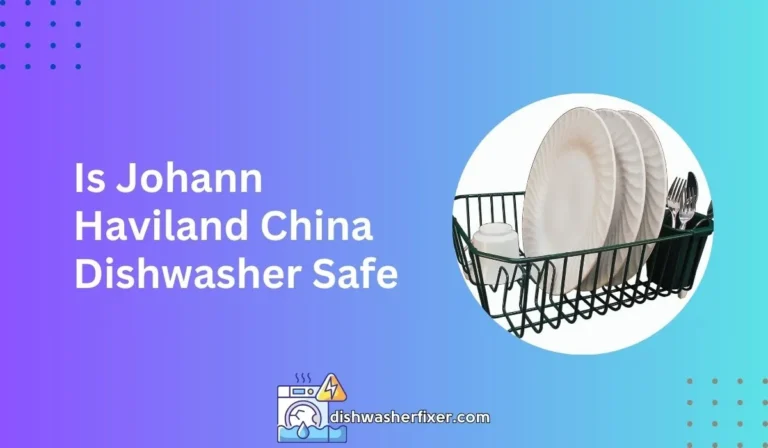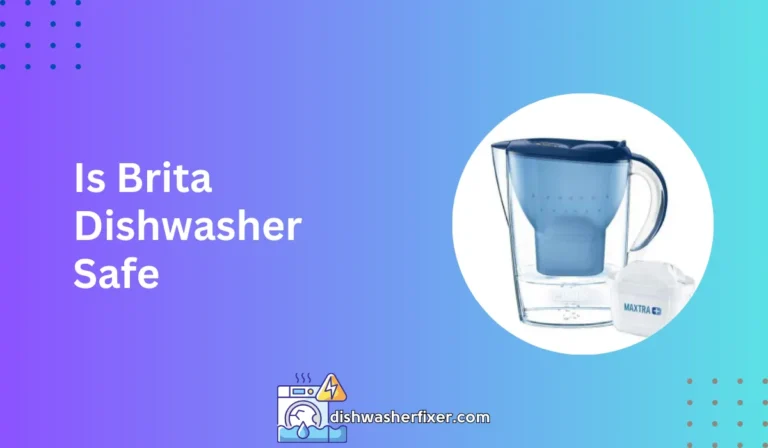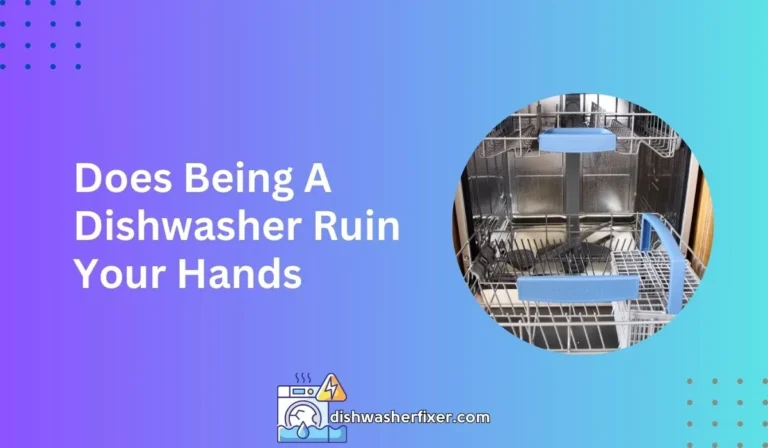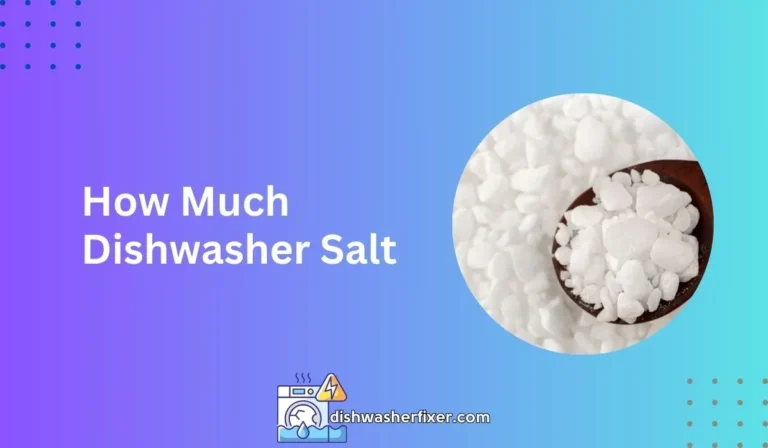Is KitchenAid Food Processor Dishwasher Safe? Find Out Here!
Yes, most KitchenAid food processor parts are dishwasher safe. Place the bowl, lid, and blades on the top rack. The base should not be submerged in water but wiped with a damp cloth. Always check the user manual for your specific model’s instructions.
Understanding KitchenAid Food Processor Components
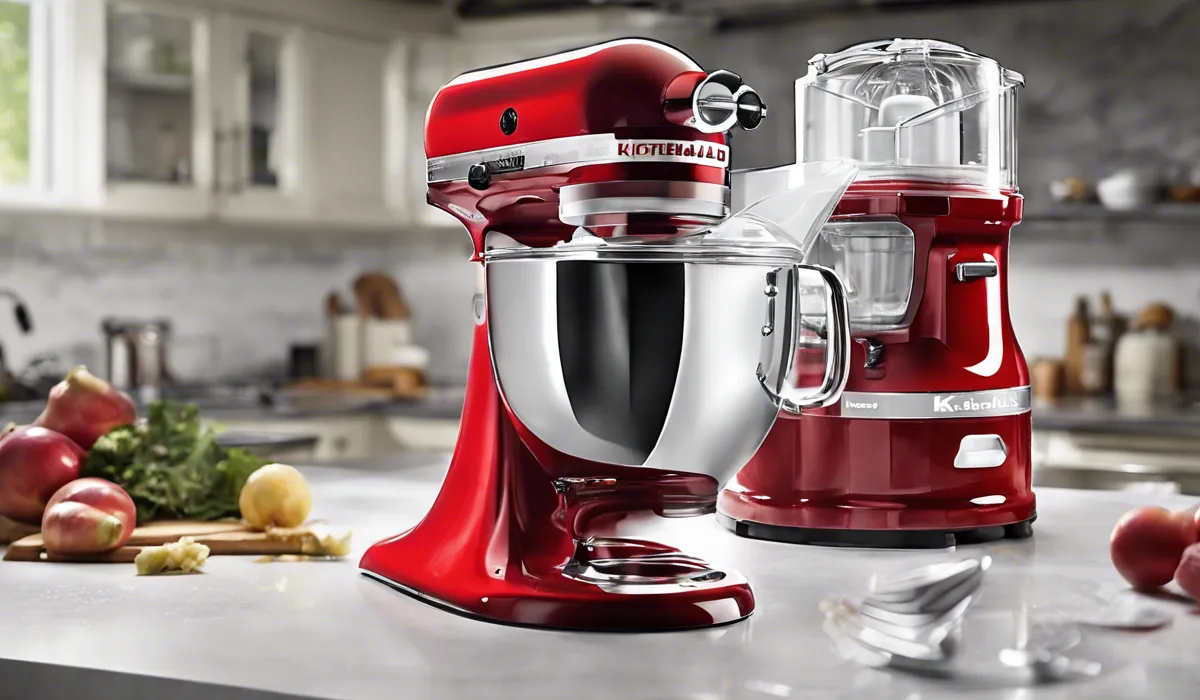
Description of the Food Processor’s Main Parts
KitchenAid food processors are designed to make kitchen tasks easier, and understanding each component is the first step to using it effectively.
The main parts of a KitchenAid food processor include the base, which houses the motor, the work bowl where ingredients are placed. Each part plays a crucial role in the functionality of your food processor.
Materials Used in KitchenAid Food Processors
KitchenAid food processors are built with durability and safety in mind. The work bowls are often made from high-quality, BPA-free plastic, which is both strong and food-safe.
The blades and discs are typically constructed from stainless steel, known for its sharpness and resistance to rust and corrosion. The base is usually made of a heavy-duty plastic or metal to ensure stability during use.
Manufacturer’s Instructions on Care and Cleaning
For optimal performance and longevity, it’s important to follow the manufacturer’s instructions regarding the care and cleaning of your KitchenAid food processor.
The user manual provided with your appliance will detail the recommended cleaning practices, which generally include regular cleaning after each use.
While most parts are dishwasher safe, specific instructions may vary by model, so it’s essential to refer to your manual.
Dishwasher Safety Guidelines for KitchenAid Food Processors
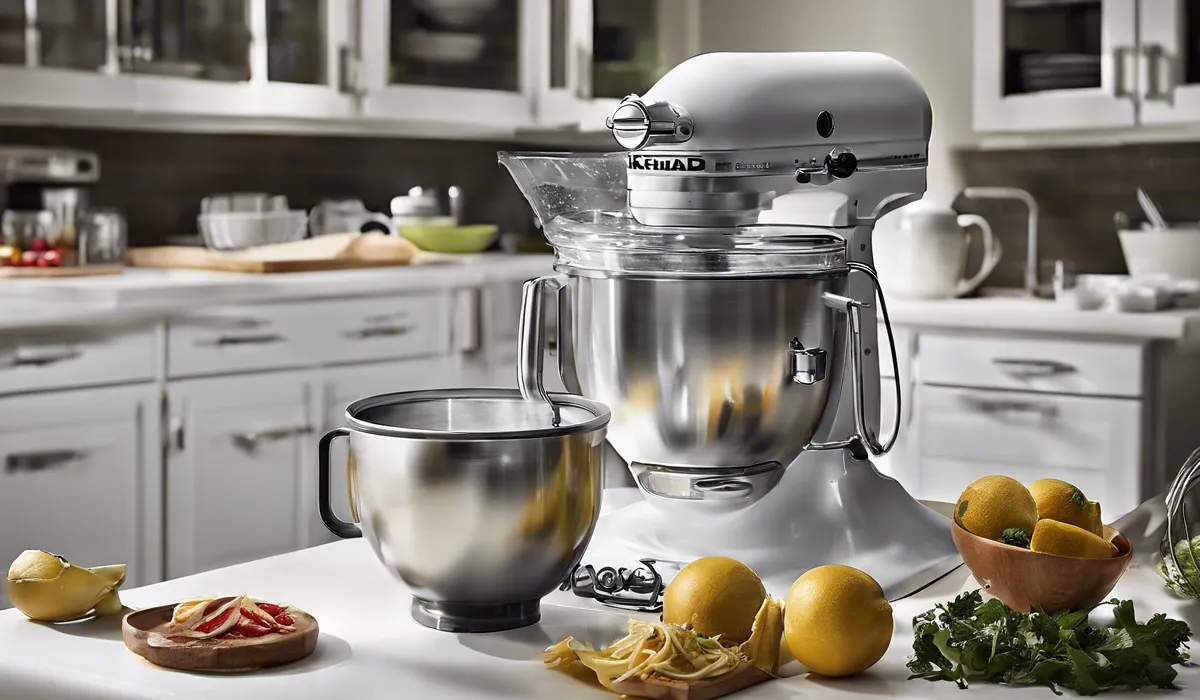
Identifying Which Parts Are Dishwasher Safe
Most components of KitchenAid food processors, such as the work bowl, lid, and blades, are dishwasher safe. This convenience allows for easy cleanup after meal prep.
However, the base unit, which contains the motor, should never be placed in water or the dishwasher. Instead, it should be wiped down with a damp cloth to avoid damaging the electrical components.
The Top-Rack Rule for Small Parts and Accessories
To prevent damage, it’s generally advised that smaller parts and accessories of your food processor, like the blades and pushers, should be placed on the top rack of the dishwasher.
This position exposes them to less intense heat and reduces the risk of warping or losing their sharpness due to collisions with other items during the wash cycle.
Precautions to Take Before Placing Parts in the Dishwasher
Before placing any parts of your KitchenAid food processor in the dishwasher, remove any food residue to avoid clogging your dishwasher’s filter.
Ensure that the parts are placed securely on the racks to prevent them from falling and getting damaged. Lastly, avoid using harsh detergents or high-temperature settings that could potentially damage the parts.
Best Practices for Cleaning KitchenAid Food Processors

Handwashing vs. Dishwasher: Pros and Cons
Handwashing your KitchenAid food processor parts can be more gentle than a dishwasher, reducing the risk of damage over time. It also ensures that you can thoroughly clean nooks and crannies that a dishwasher might miss.
On the other hand, using a dishwasher saves time and ensures a high level of sanitation. Weigh these pros and cons based on your preferences and the specific care instructions for your model.
Tips for Extending the Lifespan of Your Food Processor
To keep your KitchenAid food processor running smoothly, always use it as directed and avoid overloading it. After each use, clean the parts promptly to prevent food from hardening and becoming difficult to remove.
Store blades and discs properly to maintain their sharpness. Regularly checking for wear and tear on your appliance can also help you address any issues before they become major problems.
Alternative Cleaning Methods for Non-Dishwasher Safe Parts
For parts that aren’t dishwasher safe or when you prefer handwashing, use warm soapy water and a soft sponge or brush. Rinse thoroughly and dry with a clean towel to prevent water spots and possible rusting on metal parts.
For stubborn stains, a baking soda paste can be an effective gentle abrasive. Always consult your user manual for alternative cleaning methods specific to your model.
FAQs About KitchenAid Food Processor Dishwasher Safety
Can you put KitchenAid food processor parts in the dishwasher?
Yes, most parts such as the bowl, lid, and blades of a KitchenAid food processor are dishwasher safe and should be placed on the top rack.
Should the KitchenAid food processor base go in the dishwasher?
No, the base of a KitchenAid food processor should not be submerged in water or placed in the dishwasher; it should be wiped with a damp cloth instead.
Can you wash KitchenAid food processor blades in the dishwasher?
Yes, the blades of a KitchenAid food processor are typically dishwasher safe and should be placed on the top rack for cleaning.
Is it safe to clean a KitchenAid food processor lid in the dishwasher?
Yes, the lid of a KitchenAid food processor is generally safe to clean in the dishwasher, preferably on the top rack.
How should I clean the base of my KitchenAid food processor?
The base of a KitchenAid food processor should be cleaned by wiping it down with a damp cloth; avoid submerging it in water or placing it in the dishwasher.
Final Thoughts
Most parts of a KitchenAid food processor, including the bowl, lid, and blades, are designed to be dishwasher safe and should be placed on the top rack for cleaning.
The base unit, however, must be kept dry and cleaned with a damp cloth. For model-specific care instructions, always refer to the user manual provided with your food processor.
Useful Resources
- https://www.p65warnings.ca.gov/fact-sheets/household-appliances
- https://agriculture.ks.gov/docs/default-source/fsl–handouts/incubator-kitchen–vertical2023.pdf?sfvrsn=7183bcc1_88
- https://extension.purdue.edu/4-H/_docs/get-involved/state-programs/CDE/consumer-decision-making-cde-scenario-mixers-with-answers.pdf

